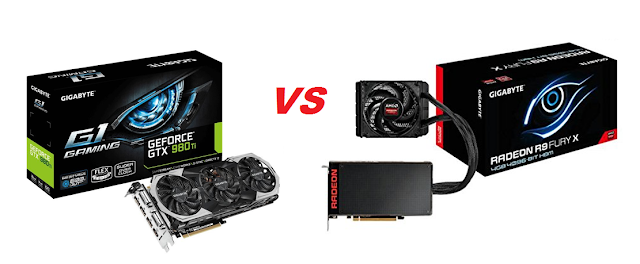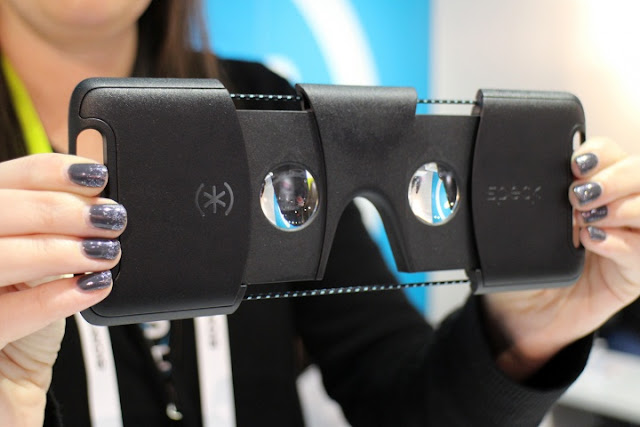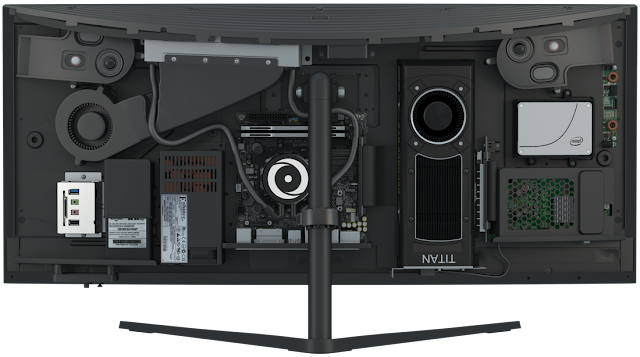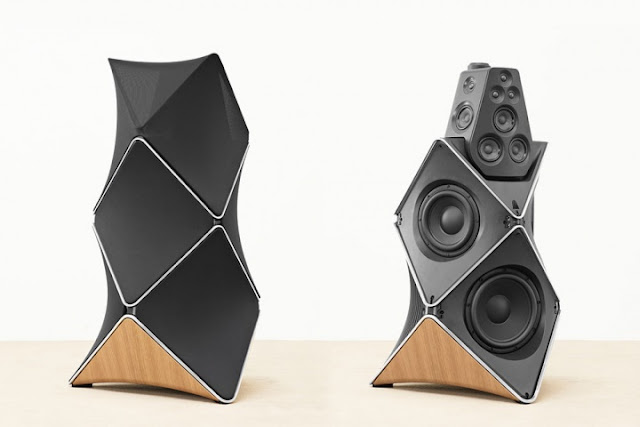Hewlett-Packard has been on the forefront of the technological advancements for 77 years and has firmly positioned itself as a trusted manufacturer of durable and cutting-edge laptops. Recently HP reveled its new, awe-inspiring masterpiece, which according to the company’s representatives is the “world’s thinnest” notebook - Spectre. The new laptop is truly amazing, sporting elite finish and most importantly impressive components. It’s fair to say that at this point of time it’ll probably be within reach of the chosen few, who can afford the hefty price tag of around $1200, nevertheless, there is hope for the rest of us, that within a year the cost of this magnificent notebook will drop, so that more people can enjoy it.
Tech Specs of HP’s Spectre
The first thing that must be mentioned is certainly the dimensions of this gorgeous laptop: it’s 10.4 mm thick and weighs only 1.1 kg. The ultra-thin notebook can also boast 13.3-inch IPS screen, although it’s not 2K or 4K, Full HD suits it just right, considering the size of the screen. Spectre’s screen is protected by a super-sturdy and reliable Gorilla Glass 4 barrier and is only 2 mm thick, while the barrier itself takes also very modest 0.44 mm, allowing Spectre to be amazingly slim. This enables laptop to use significantly less power for the claimed 300 nits brightness (very impressive, especially since not even all professional UHD monitors can reach this high mark).Nevertheless, one might argue that such brightness is an overkill, as it might blind you if you happen to open your laptop in the middle of the night and forgot to tune the brightness down a notch. But the sheer fact that it capable of generating this amount of brightness is worth mentioning. In regards to the color gamut, this notebook will not be suitable for graphic designers; nevertheless, it can provide decent 72% of the Adobe RGB color gamut, which is quite enough if you use it for work or entertainment purposes.
In regards to audio, Spectre is nothing short of great, considering that the company collaborated with a well-known audio systems manufacturer Bang & Olufsen to create deep audio effect thanks to HP’s Audio Boost technology.
Spectre can boast of 3 USB ports,two of which are Thunderbolt 3 compatible. All three ports can be used to charge the laptop and are capable of supporting sleep-and-charge technology.
By the way, HP went all in to make its masterpiece not only lightweight, but also extremely durable. It’s made of carbon fiber and machined aluminum. As for cooling, Hewlett-Packard used hyperbaric chamber, which channels air to create high pressure and eliminate hot air from the laptop’s components.
Two Variants of HP’s Spectre
HP will offer Spectre in two variants. They will come either with Intel i7-6500U or Core i5-6200U processor, 8GB of RAM and either 250GB or 512GB SSDs. Both come with batteries, capable of offering around 10 hours of work on a single charge, due to the hybrid 4-cell2-piece battery and a glass touchpad. Needless to say that company though of the peripherals for its masterpiece as well.One will be able to additionally purchase notebook bag, wireless mouse and notebook sleeve. All peripherals were created in collaboration with well-known designers, which assures the style and high quality.
Release Date and Price
HP offered the possibility of pre-orders on April 25th, 2016. If you prefer to take a good look before purchasing something – Spectre will appear in retail stores on May 22. As to the price tag - Intel Core i5 processor version with 250GB SSD will cost $1,170, while Intel Core i7 with the same storage capacity will cost slightly more - $1,250Conclusion:
HP’s Spectre is a remarkable masterpiece that can truly be called “world’s thinnest” notebook. HP went an extra mile to assure its durability, light weight, excellent audio system and ability to work for up to 10 hours on a single charge. This notebook will come in handy for those, who travel a lot and want to enjoy the notebook possibilities, instead of a tablet. Nevertheless, the screen itself could have at least 2K resolution and more storage capacity, considering the price tag.










































